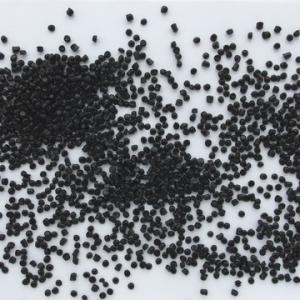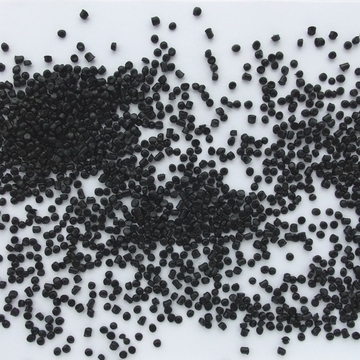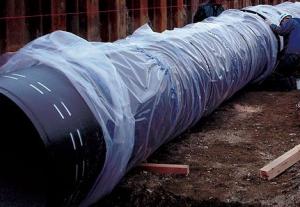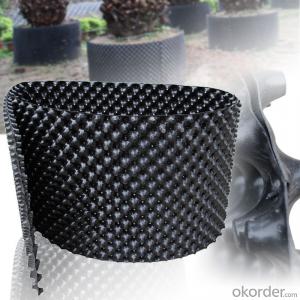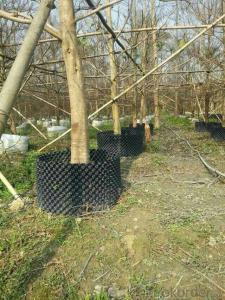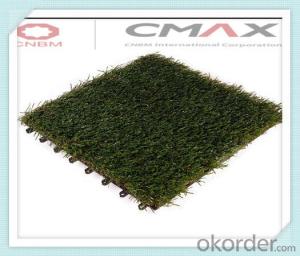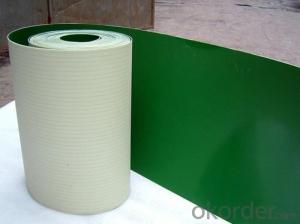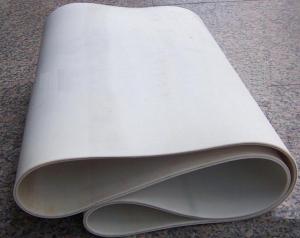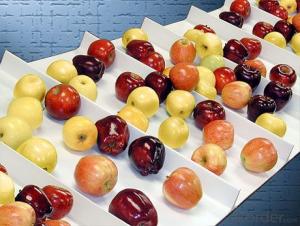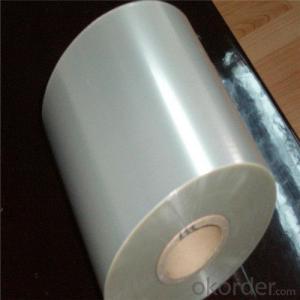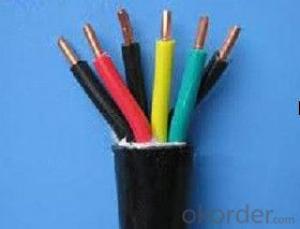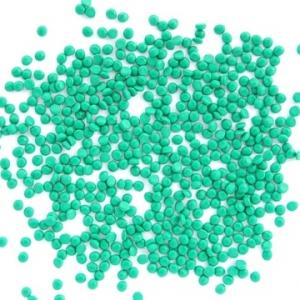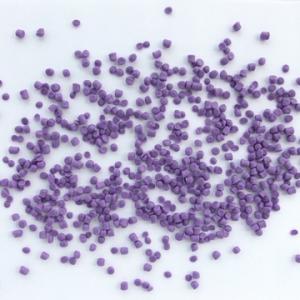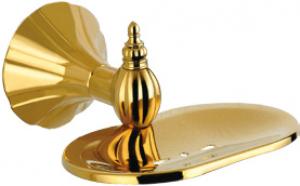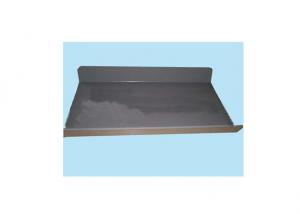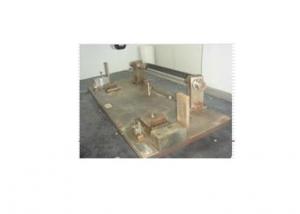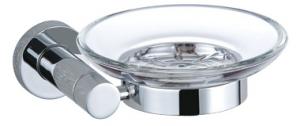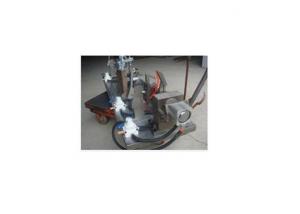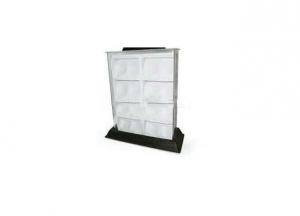CPE jacket rubber compound for cable
- Loading Port:
- Shanghai
- Payment Terms:
- TT OR LC
- Min Order Qty:
- -
- Supply Capability:
- 3000 Tons kg/month
OKorder Service Pledge
OKorder Financial Service
You Might Also Like
CPE jacket rubber compound for cable
I. Type and application
Type | Product | Application |
XH-41A | 105℃ non-continuation of the combustion jacket rubber compound for cable | Non-continuation of the combustion jacket rubber compound for heat resistant wires and cables,Meeting the requirements of ROHS and UL62 CLASS 1.17 |
SE4 | 90℃ non-continuation of the combustion jacket rubber compound for cable | Non-continuation of the combustion jacket rubber compound for wires and cables,Meeting the requirements of GB7594 |
SE4-40 | 90℃ non-continuation of the combustion and cold resistant jacket rubber compound for cable | Non-continuation of the combustion jacket rubber compound for wires and cables with the requirements of cold resistant,Meeting the requirements of GB7594. Applied to wind power cable with the requirements of cold resistant. |
XH-00F | 65℃ non-continuation of the combustion and irradiation cross-linkable jacket rubber compound for cable | Applied to 65℃ cables and wires as non-continuation of the combustion jacket. Meeting the requirements of GB5013 type SE3 |
II. Product description
CPE jacket rubber compound for wires and cable, based on CPE rubber,is mixed with various additives, and is elaborated in the extra-cleanconditions. The compound has outstanding performances of vulcanization, processing, physical,mechanical, aging and electrical properties.
III. Processing
Type | Processing Equipment | Compression ratio | L/D | Processing temp. | Recommended vulcanize temp. |
XH-41A SE4 SE4-40 | Common rubber extruder | 1.1:1~1.5:1 | 10:1~20:1 | 60~110℃ | 160-190℃ |
XH-00F | Common plastic extruder | 1.1:1~1.5:1 | 20:1~25:1 | 100~170℃ | 5-8 megarad irradiation dosage |
IV. Maximum useful shelf life
6 months at 20℃, 3 months at 30℃.
V. Properties
Table
Item | Unit | Standard | |||
XH-41A | SE4 | SE4-40 | XH-00F | ||
Tensile Strength N/mm2 | ≥ MPa | 10.0 | 10.0 | 10.0 | 10.0 |
Elongation at Break % | ≥ % | 300 | 300 | 300 | 300 |
Impact Brittleness Temperature | ℃ | - | -35 | -40 | - |
Oven aging | ℃×h | 136±1×168 | 100±2×240 | 100±2×240 | 70±2×240 |
Variation on Tensile Strength |
| - | -15 | -15 | -15 |
Retention on Tensile Strength % | ≥ | 65 | - | - | - |
Variation on Elongation at Break |
| -- | -25 | -25 | -25 |
Retention on Elongation at Break % | ≥ | 70 | - | - | - |
Oxygen Index | ≥ | 28 | 28 | 28 | - |
ASTM No.2 Oil Oil Resistant Test |
|
|
|
|
|
Test Temp. Time | ℃×h | 121×18 | 100×24 | 100×24 | 100×24 |
Variation on Tensile Strength |
| - | ±40 | ±40 | ±40 |
Retention on Tensile Strength | % | ≥60 | - | - | - |
Variation on Elongation at Break | % | - | ±40 | ±40 | ±40 |
Retention on Elongation at Break | % | ≥60 | - | - | - |
Hot Prolongation 15min20N/cm
|
| 200℃±3 | 200℃±3 | 200℃±3 | 200℃±3 |
Elongation Under Load | % | ≤175 | ≤175 | ≤175 | ≤100 |
Permanent Elongation after cooling | % | ≤15 | ≤15 | ≤15 | ≤15 |
- Q: Do olive nets protect against hail damage?
- No, olive nets are not designed to protect against hail damage. They are typically used to prevent birds from eating the olives, not to shield against hailstorms.
- Q: Can olive nets be used in olive groves with limited access to shade?
- Yes, olive nets can still be used in olive groves with limited access to shade. Olive nets are primarily used to collect the olives during harvest season, and while some shade can be beneficial in preventing overheating and maintaining the quality of the olives, it is not a strict requirement. As long as the nets are properly installed and the olives are regularly harvested, they can still be effective in protecting the olives from damage caused by pests and weather conditions.
- Q: Can olive nets be used for olive tree pollination purposes?
- No, olive nets are not used for olive tree pollination purposes. Olive trees are typically wind-pollinated, and the use of nets is more commonly associated with harvesting olives to prevent them from falling to the ground.
- Q: Can olive nets be used for both outdoor and indoor olive tree cultivation?
- Yes, olive nets can be used for both outdoor and indoor olive tree cultivation. Olive nets are commonly used to protect the olives from birds and other pests, as well as to aid in the harvesting process. They can be applied in both outdoor orchards and indoor plantations to provide the necessary protection and support for the olive trees.
- Q: Are there any specific guidelines for using olive nets on olive trees with specific soil requirements?
- Yes, there are specific guidelines for using olive nets on olive trees with specific soil requirements. It is essential to select well-drained soil with a pH level between 5.5 and 8.5 for optimal olive tree growth. Additionally, the soil should have good fertility and be rich in organic matter. Adequate irrigation and proper fertilization are also crucial for healthy olive tree growth.
- Q: Can olive nets be used in regions with high humidity?
- Yes, olive nets can be used in regions with high humidity. Olive nets are designed to protect the olives from birds and other pests, and they can be effective in any climate. However, it is important to ensure proper ventilation and periodic inspection to prevent moisture buildup and potential damage to the olive trees.
- Q: Do olive nets impact the natural dispersal of olive tree seeds?
- Yes, olive nets can impact the natural dispersal of olive tree seeds. Olive nets are commonly used to collect olives during harvest, and they prevent seeds from being dispersed naturally by wind, animals, or water. This can limit the potential for new olive tree growth in surrounding areas and may affect the natural ecosystem dynamics.
- Q: Why don't you put the plastic bags in the fridge?
- The colorful plastic bags loaded with vegetables belong to recycled plastic bags, and the colorants contain benzopyrene, which may be transferred to food after contact with food.
- Q: Are olive nets adjustable for different tree heights?
- Yes, olive nets are adjustable for different tree heights. They usually come with adjustable straps or ropes that can be tightened or loosened to fit the specific height of the olive tree.
- Q: Can olive nets be used for other types of crops?
- No, olive nets are specifically designed and used for protecting olive trees and harvesting olives. They may not be suitable for other types of crops due to variations in plant size, shape, and harvesting methods.
Send your message to us
CPE jacket rubber compound for cable
- Loading Port:
- Shanghai
- Payment Terms:
- TT OR LC
- Min Order Qty:
- -
- Supply Capability:
- 3000 Tons kg/month
OKorder Service Pledge
OKorder Financial Service
Similar products
Hot products
Hot Searches
Related keywords
